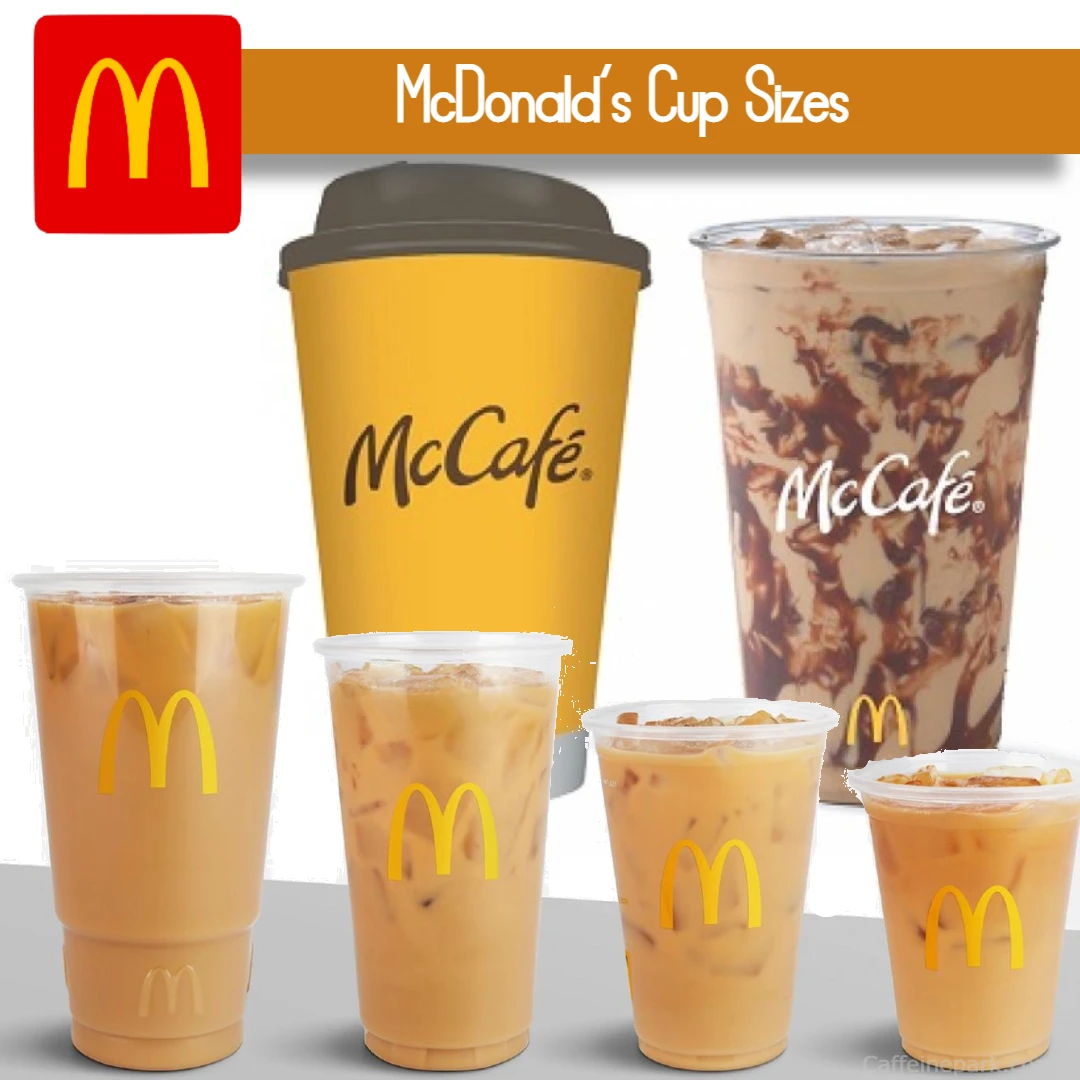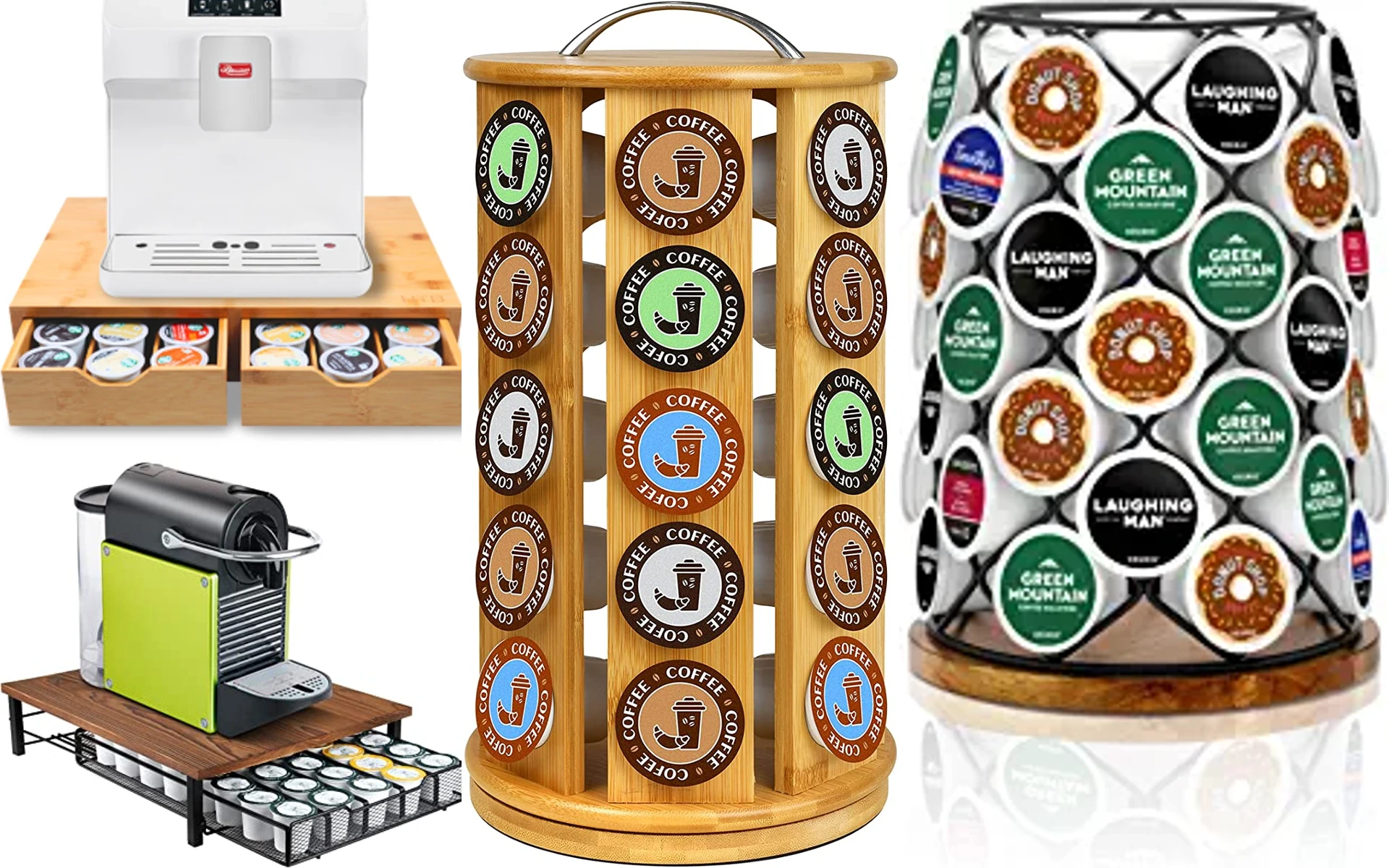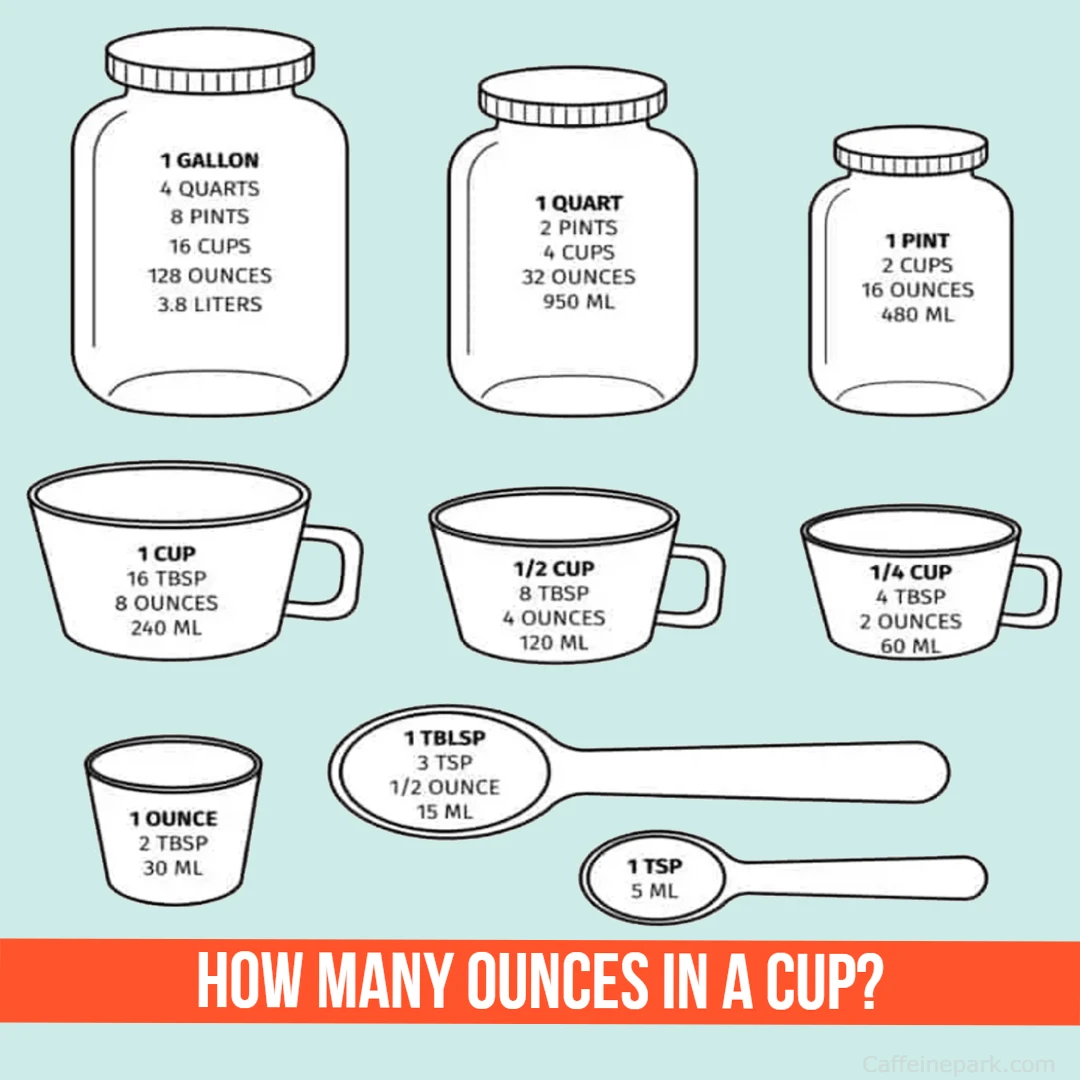Keurig environmental impact

As a coffee lover, I’m sure you’ve heard of Keurig machines. These single-serve coffee makers have become increasingly popular in recent years due to their convenience and ease of use. However, like any product, Keurig machines have their environmental impact.
In this article, we’ll dive deep into the environmental impact of Keurig machines, including the production process, use phase, and disposal. We’ll also explore ways to reduce the environmental impact of Keurig machines.
Production Phase
The production phase of Keurig machines is where the environmental impact begins. Keurig machines are made up of various materials such as plastic, metal, and electronics, which require energy and resources to produce. The production of these materials involves mining, refining, and transportation, which all contribute to greenhouse gas emissions and other environmental impacts.
One of the main concerns with Keurig machines is the production of K-Cups. These small plastic pods contain coffee grounds and are designed to be used once and then thrown away. The production of K-Cups involves a significant amount of plastic and aluminum, which are not easily recyclable. In fact, it is estimated that enough K-Cups are thrown away each year to circle the earth 10.5 times.
Use Phase
The use phase of Keurig machines is where the majority of the environmental impact occurs. Keurig machines require electricity to operate, and the majority of the electricity used in the United States is generated by burning fossil fuels, which release greenhouse gases into the atmosphere.
In addition to electricity usage, Keurig machines also contribute to the amount of waste generated by households. The K-Cups used in Keurig machines cannot be recycled in most recycling facilities, and end up in landfills or incinerators. This not only takes up space in landfills but also contributes to air and water pollution.
Disposal Phase
The disposal phase of Keurig machines is where the environmental impact continues. Keurig machines are made up of various materials, which can make them difficult to recycle. Additionally, K-Cups cannot be recycled in most recycling facilities and must be thrown away.
The disposal of Keurig machines and K-Cups adds to the amount of waste in landfills and incinerators. This waste not only takes up space but also contributes to air and water pollution. The plastic used in K-Cups can take hundreds of years to decompose, which means it will be in landfills for a long time.
Reducing the Environmental Impact of Keurig Machines
Despite the environmental impact of Keurig machines, there are ways to reduce their impact. Here are some ways you can reduce the environmental impact of Keurig machines:
- Use reusable K-Cups: Instead of using disposable K-Cups, consider using reusable K-Cups. These can be filled with your own coffee grounds and used over and over again, reducing the amount of waste generated.
- Choose recyclable K-Cups: Some companies have started producing recyclable K-Cups. These are made with materials that are easily recyclable, reducing the amount of waste that ends up in landfills.
- Turn off the machine: When not in use, turn off the Keurig machine to reduce electricity usage.
- Compost coffee grounds: Coffee grounds can be composted instead of being thrown away. Composting coffee grounds add nutrients to the soil and reduces the amount of waste generated.
- Recycle the machine: When it’s time to replace your Keurig machine, make sure to recycle it properly. Some retailers offer recycling programs for small appliances, and you can also check with your local recycling facility.
Conclusion
Keurig machines have a significant environmental impact, from the production of the machines and K-Cups to their use and disposal. However, there are ways to reduce their impact and make them more environmentally friendly.
As a consumer, you have the power to make a difference. By using reusable K-Cups, choosing recyclable K-Cups, turning off the machine when not in use, composting coffee grounds, and properly recycling the machine, you can help reduce the environmental impact of Keurig machines.
In addition, Keurig as a company can take steps to reduce its environmental impact. For example, they could switch to more sustainable materials for their K-Cups, such as biodegradable or compostable materials. They could also invest in renewable energy sources to power their facilities.
Overall, while Keurig machines are convenient and easy to use, they do have an environmental impact that should be taken into consideration. By making small changes to our habits and encouraging companies to be more sustainable, we can help reduce the impact of Keurig machines and other products on the environment.
FAQs
Keurig machines are made up of various materials, which can make them difficult to recycle. However, some retailers and recycling facilities offer programs for small appliances, including Keurig machines. It’s important to check with your local recycling facility to see if they accept Keurig machines.
Most K-Cups are not easily recyclable due to their complex design and materials. However, some companies have started producing recyclable K-Cups made with materials that are easily recyclable. It’s important to check the packaging of the K-Cups to see if they are recyclable and to check with your local recycling facility to see if they accept them.
K-Cups have a significant environmental impact due to their production, use, and disposal. The production of K-Cups involves a significant amount of plastic and aluminum, which are not easily recyclable. In addition, K-Cups cannot be recycled in most recycling facilities and end up in landfills or incinerators. This not only takes up space in landfills but also contributes to air and water pollution.
Yes, you can use a Keurig machine without K-Cups by using a reusable K-Cup. These can be filled with your own coffee grounds and used over and over again, reducing the amount of waste generated.
There are several ways to reduce the environmental impact of your Keurig machine, including using reusable K-Cups, choosing recyclable K-Cups, turning off the machine when not in use, composting coffee grounds, and properly recycling the machine when it’s time to replace it.
Read More:



